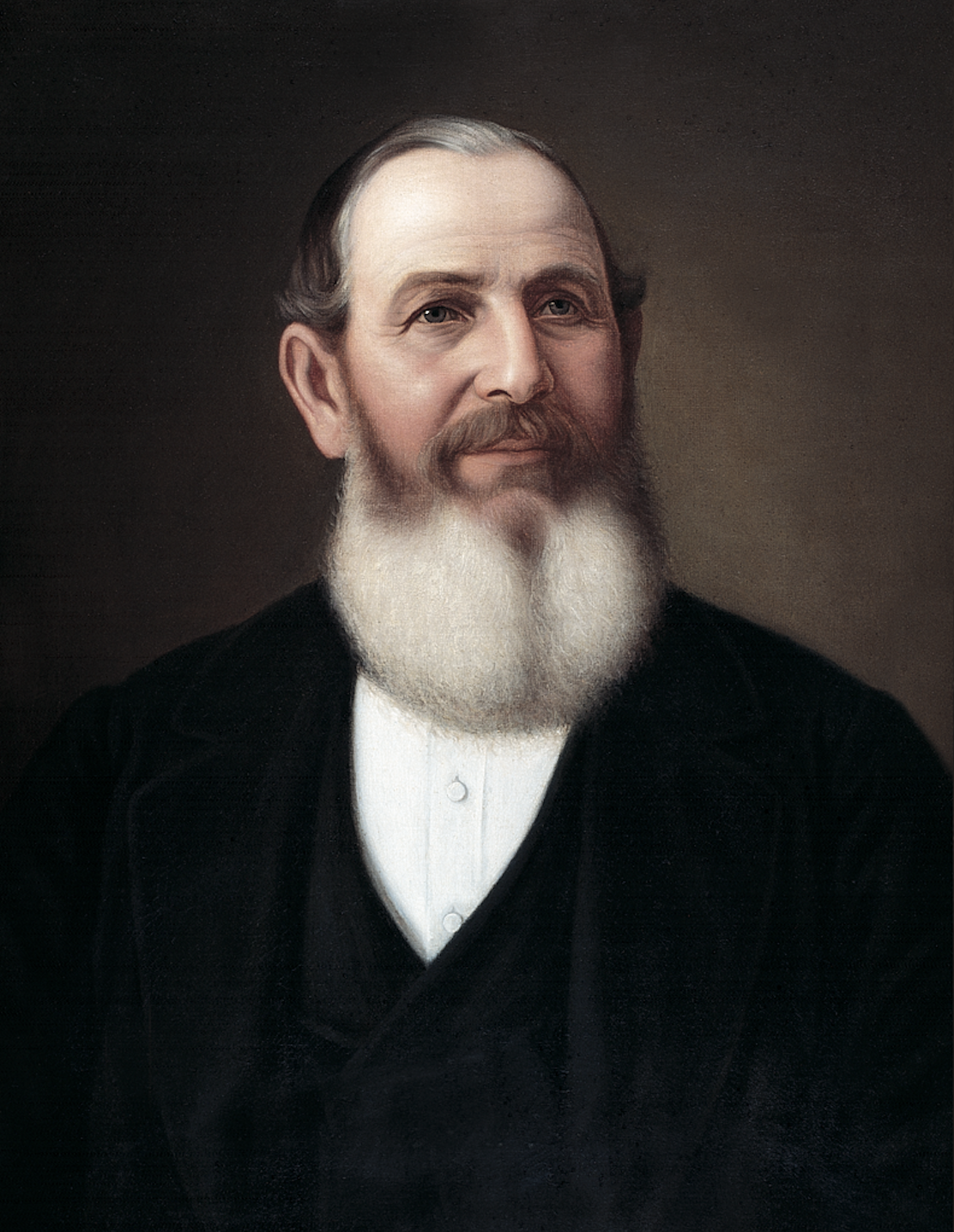How it all began

Dilworth’s history starts with James Dilworth, founder of the Dilworth Trust and School.
A farmer, investor and philanthropist, James Dilworth was born in 1815 in Northern Ireland. He was educated at the Royal School of Dungannon and throughout his life was profoundly influenced by his education, an opportunity given to him by his great-aunt Anne Dilworth. It shaped his thinking and set him on the path to give other young men the same experience and advantages.
After completing school, James worked in the Northland Bank in Dungannon and it was here he began developing the astute business acumen that would be fundamental to his prosperous career. He left Ireland for Australia and New Zealand in the late 1830s, in search of better prospects.
He married Isabella Hall, from Otahuhu (orginally from Aghalee, Ireland) in 1853. Together they became pillars of St Mark’s Church in Remuera, contributing greatly to its upkeep and expansion.
James Dilworth died in 1894, aged 79, without children of his own. He left most of his considerable estate to fund a school for young men from good families whose circumstances may prevent them from fulfilling their full potential. Directed by his wife, Isabella Dilworth, Dilworth School was opened on 12 March 1906, founded in accordance with the terms of her husband’s will.
Thanks to the legacy of James and Isabella Dilworth and careful management through the generations of Trustees, the endowment that funds Dilworth School has grown substantially and today the Dilworth Trust is a significant owner of commercial property in Auckland.
This remarkable legacy has provided more than 5,000 students with a life-changing scholarship that includes free tuition, boarding or day school, uniforms, sports fees and music tuition.
Our mission and vision
Dilworth’s mission and vision have stayed true to the intent expressed in James Dilworth’s will over 100 years ago.
Mission
To support young men to reach their potential and become good and useful members of society
Vision
To develop young men of good character, achieving personal excellence, who flourish in life.